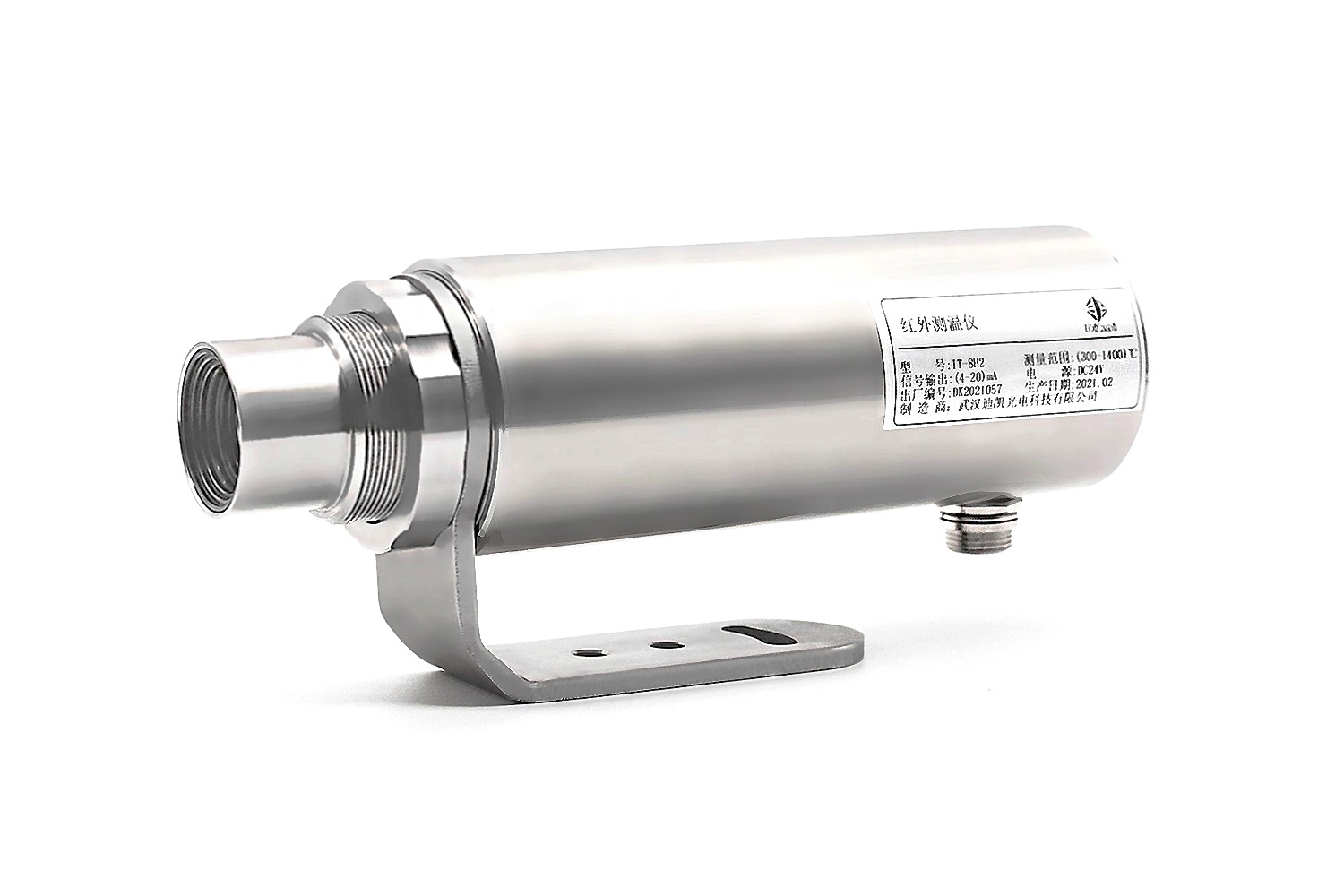News center
Advantages and disadvantages of infrared pyrometers
There are many advantages for non-contact temperature measurement by receiving Infrared Pyrometer rays radiated by the measured body.
1. The advantages of Infrared Pyrometer thermometer temperature measurement

There are many advantages for non-contact temperature measurement by receiving Infrared Pyrometer rays radiated by the measured body. In this way, objects that are difficult to reach or in motion can be measured without any problems, such as materials with poor heat transfer performance or small heat capacity. The short response time of the pyrometer can quickly realize an effective regulation loop. The pyrometer does not have parts that wear out, so there is no continuous cost as with the use of a thermometer. Especially for small objects to be measured, such as contact measurement, large measurement errors will occur due to the thermal conductivity of the object. There is no doubt that pyrometers can be used here, and for corrosive chemicals or sensitive surfaces, such as paint, paper and plastic rails. Through remote remote control measurement, it can be far away from the dangerous area, so that the operator is not dangerous.
2.The principle structure of the Infrared Pyrometer
The Infrared Pyrometer rays received from the measured object are focused on the detector by the lens through the filter. The detector generates a current or voltage signal proportional to the temperature by integrating the radiation density of the measured object. In the electrical components connected thereafter, the temperature signal is linearized, the emissivity area is corrected, and converted into a standard The output signal.
In principle, there are two types of portable pyrometers and fixed pyrometers. Therefore, when choosing a suitable pyrometer for different measuring points, the following characteristics will be the main ones:
1. Sight
The sight has this function, the measuring block or measuring point pointed by the pyrometer can be seen, and the sight can be often not needed for a large area of ??the object to be measured. In the case of a small object to be measured and a long measuring distance, it is recommended that the sight is equipped with a dashboard scale or laser pointer in the form of a transparent mirror.
2. Lens
The lens determines the measured point of the pyrometer. For large-area objects, a pyrometer with a fixed focal length is generally sufficient. But when the measurement distance is far from the focus point, the image at the edge of the measurement point will be unclear. For this reason, it is better to use a zoom lens. Within the given zoom range, the pyrometer can adjust the measurement distance. The latest pyrometer has a zoom replaceable lens. The near and far lenses can be replaced without calibration and recheck.
3. The sensor, that is, the spectral receiver
Temperature is inversely proportional to wavelength. At low object temperatures, sensors that are sensitive to the long-wave spectral region (thermal film sensors or pyroelectric sensors) are very suitable. At high temperatures, short-wave sensitive sensors are used, consisting of germanium, silicon, indium-gallium, etc Photoelectric Sensors.
When selecting the spectral sensitivity, the absorption bands of hydrogen and carbon dioxide should also be considered. Within a certain wavelength range, the so-called "atmospheric window", H2 and CO2 are almost transparent to Infrared Pyrometer rays. Therefore, the light sensitivity of the Infrared Pyrometer must be within this range in order to eliminate the influence of atmospheric concentration changes. When measuring thin films or glass, it must be considered that these materials are not easily penetrated within a certain wavelength. In order to avoid the measurement error caused by the background light, use a suitable sensor that only receives the surface temperature. Metal has this physical property, and the emissivity increases with the decrease of the wavelength. Based on experience, when measuring the temperature of the metal, the shortest is generally selected The measurement wavelength.
Next page
Next page
Recommended news
RECOMMEND NEWS


